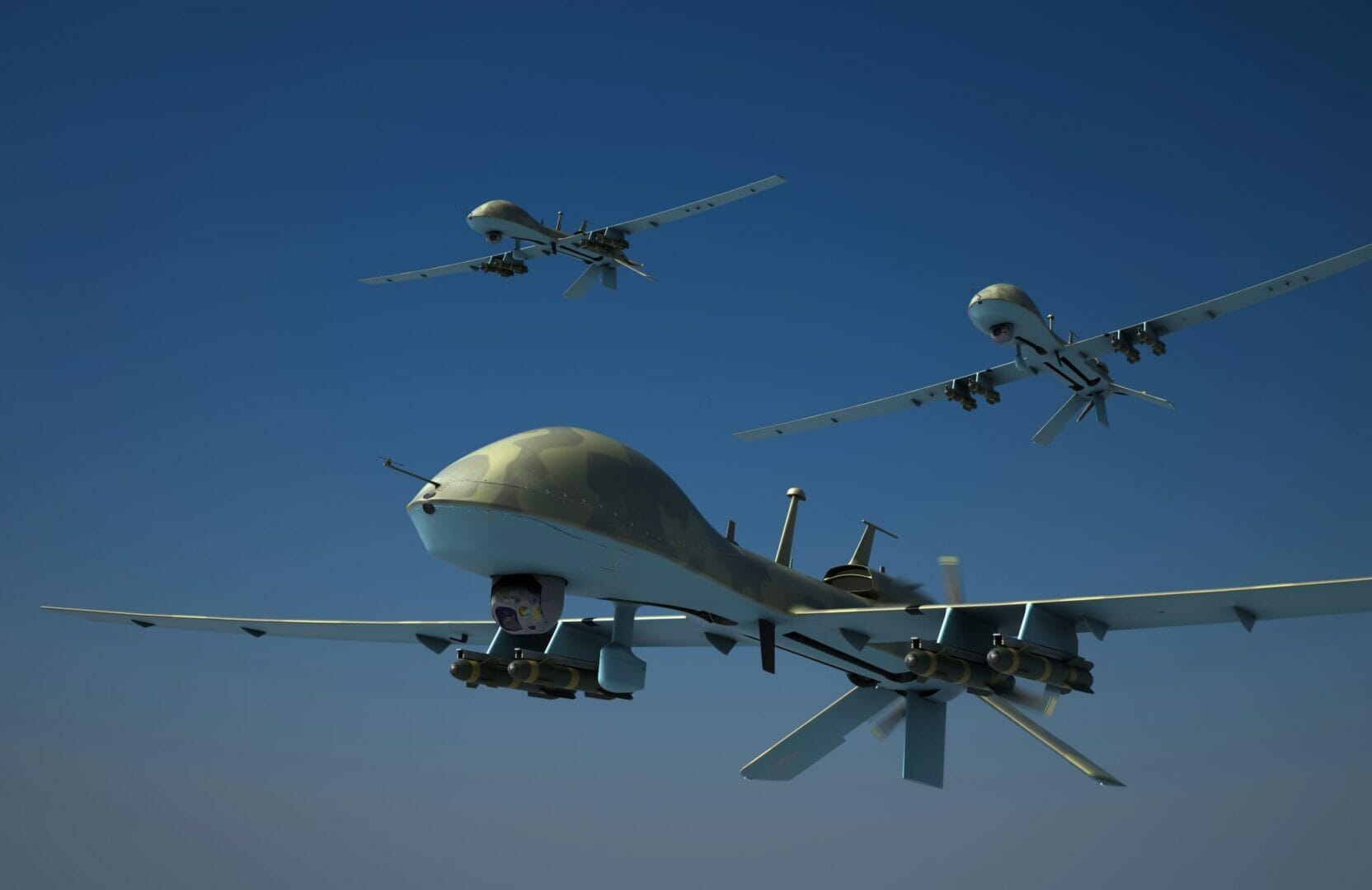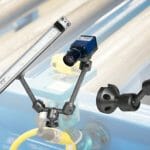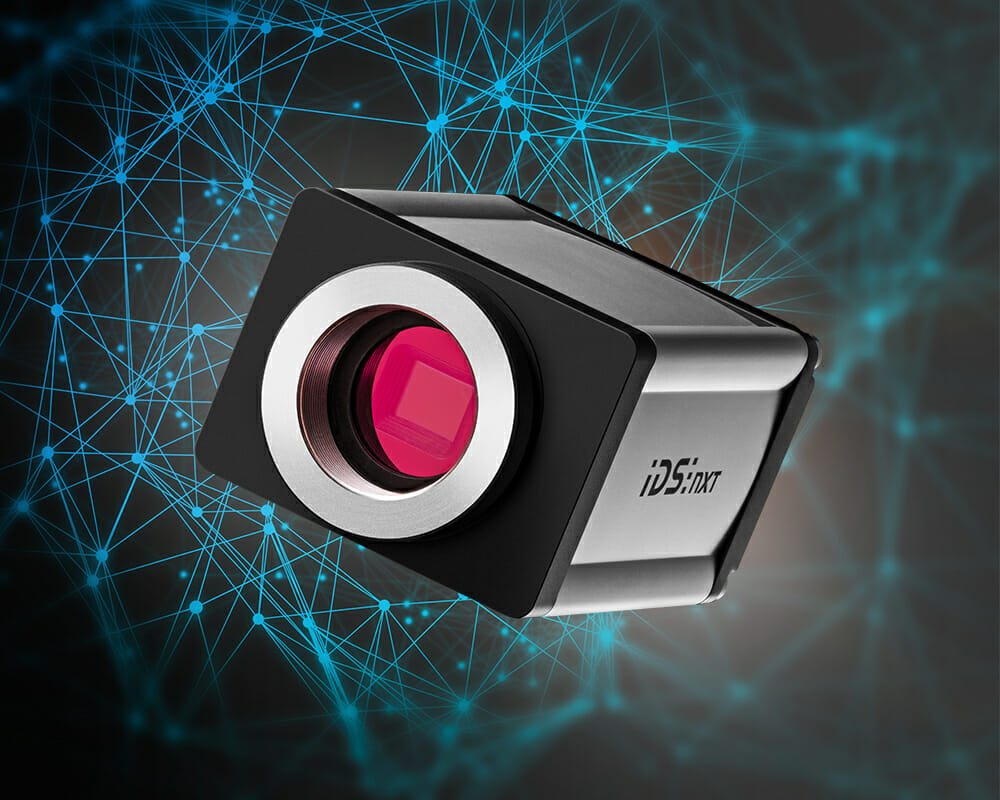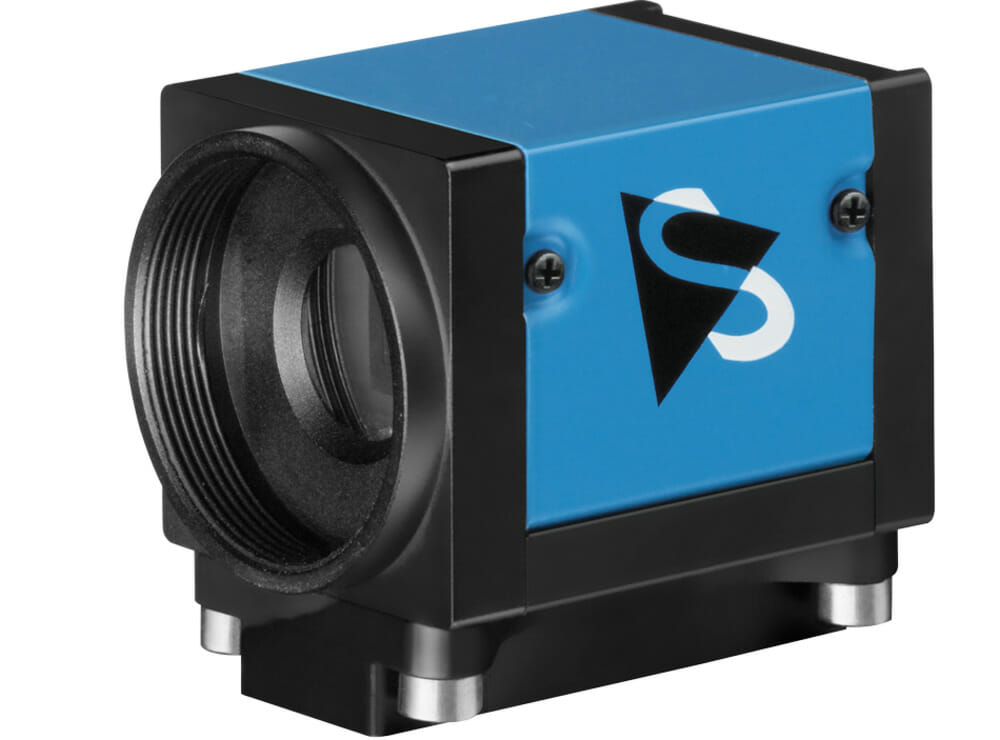The manufacture of Intelligence, Surveillance, & Reconnaissance (ISR) optics requires a rigorous analysis of the capabilities and methods of an optical component design/manufacturing partner. Not all design/manufacturing partners are the same, and it is important that integrators elect to work in a collaborative way with companies that have the expertise, pedigree and capabilities to scale up production of components in an accurate and repeatable way.
Joe Salemi, OEM Sales Manager
Optical Components Group, ZYGO Corporation
In today’s fast-moving world, real time need for — and spending on — defense readiness and Intelligence, Surveillance, & Reconnaissance (ISR) capabilities is ever increasing.
For the fiscal year 2020 alone, estimates are that defense ISR spending will be at least $500 million.1 Whether it is tracking enemy troop movements, missiles being moved to a launch pad, an IED being planted, or real time support for a special forces maneuver, the ISR component to a mission couldn’t be more critical.
For programs this important, integrators need an optical component manufacturing partner who they can trust, a partner who not only understands the high stakes involved in any defense project, but one which also has a heritage and legacy that can be relied upon.
Full Integration
When selecting an optical component manufacturer, working with an expert that precisely understands the end-use application and all the steps needed to complete the program is invaluable. For example, if you have a partner that doesn’t understand the importance of crystal orientation, your Sapphire window program may be doomed for failure.
Optical system manufacturers need to be vertically integrated and have expertise in the fabrication of a range of components such as plano optics, aspheres, spheres, and freeforms. Assembly is also important. Expertise in world class electro optical assembly gives companies a perspective on the final telescope assembly and the needs or otherwise, for example, for athermalization and ruggedization.
When you choose the right partner, you can significantly de-risk the program. Customers who elect to work with ZYGO, for example, have at their disposal industry leading experts in metrology, optical design, optical assembly, plano, asphere, spherical, and freeform polishing as well as thin film coating.
Heritage
When failure is not an option, integrators need to select partners with a strong pedigree in the area of optical component manufacture and assembly. For example, ZYGO has a 40+ year space heritage working with such high-profile programs as Voyager, Skylab, ISS Cupola Windows, the Space Shuttle Hatch Window, and the Hubble Telescope Corrector Lens. Other world class programs include work with LIGO optics, Lawrence Livermore NIF, French Atomic Energy Commission (CEA), Rutherford Appleton Laboratory (RAL), and University of Rochester LLE. ZYGO’s electro-optical design, manufacture, and production segment has more optical assemblies in Low Earth Orbit (LEO) than any other company globally.
Capacity
The crunch point for optical component manufacturing often comes when production needs to ramp up. Manufacturers may be able to find vendors to produce a prototype for low volumes, but they need the confidence to know that during full rate production chosen vendors can meet and exceed delivery dates while not compromising precision. The vendor’s precision capabilities must be scalable. To give an example, ZYGO can produce a quantity of 80 meter class laser grade optics a month. To be able to achieve this level of throughput, vendors need to have the equipment, metrology suites, and overall supply chain in place while not sacrificing the attention to detail these optics require. Unfortunately, if manufacturers select vendors without this capacity it can prove catastrophic for optical component manufacturing programs.
Size
When companies need to scale up the size of their windows and mirrors while sticking to the most exacting of optical specifications, the competence of a chosen partner is put under even more pressure. Literally, with a large window there is significant pressure from the airframe on the window [edges}; it is critical your partner understands how to analyze a window for flexural strength and edge strength to avoid catastrophic failure during the mission. A larger window can support a larger aperture imaging system or multiple imaging systems plus LIDAR or other electromagnetic systems. Handling, mounting, and measuring all gets more challenging as the size of the optic increases. Accounting for deformation and gravity sag at “use” orientation can also prove to be a stumbling block for an inexperienced team.
Repeatable Precision
Manufacturers need to select a vendor that has the experience and confidence to meet bleeding-edge optical tolerances not just once, but repeatably in a full rate production workflow. Equally important is to work with a vendor that has the metrology expertise that can validate the quality of their work with reliable data. ZYGO’s manufacturing capability includes proprietary deterministic finishing that routinely achieves sub-nanometer global surface figure error, exceeding what most manufacturers are even capable of measuring.
Material Agnostic
When consulting with an optical manufacturer it’s important to know if customers are being steered in a direction because a particular vendor happens to synthesize a certain material, instead of recommending the material which is optimal for the prescribed application. ZYGO works with all leading material synthesizers on their latest developments to ensure we are ready to select the best material to meet the needs of the customer’s application. ZYGO collaborates with its customers and gives them the best advice for their specific application, and works with the industry’s standard materials such as Sapphire (a-plane & c-plane), Multi-Spectral ZnS, ZnSe, Silicon Carbide, Fused Silica, Silicon, Zerodur, ClearCeram ULE, Germanium, CaF2, MgF2, Spinel, ALON, Cordierite, BK-7 and more.
Coating
Selecting a vendor that specializes in manufacturing large optics is challenging, but if you need those optics coated, many vendors do not have chambers that can handle large optics. ZYGO is fully integrated offering thin film coatings capability with chambers as large as 72”. The company’s coating capability ranges from the DUV 248nm-MWIR 5um. Capabilities include antireflective (AR) and highly reflective (HR) metallic coatings, conductive, beam splitter coatings, and high laser damage capability. Coating techniques include Magnetron sputtering, ion assisted E-beam, and fluoride deposition.
Conclusion
ISR is used to make key decisions which may, or may not, put the warfighter at risk. ZYGO offers the knowledge, precision and quality to ensure the data which is gathered in an ISR system is of the highest possible quality.








